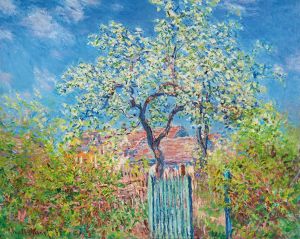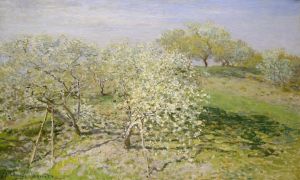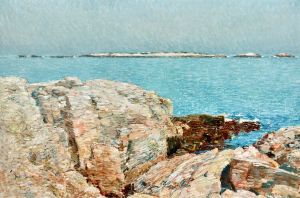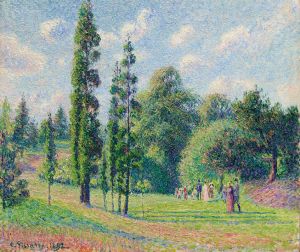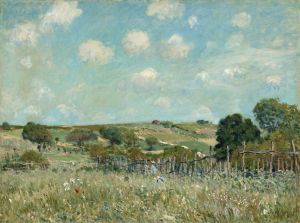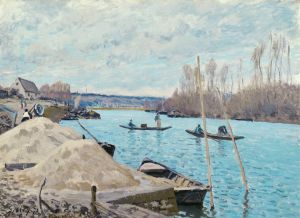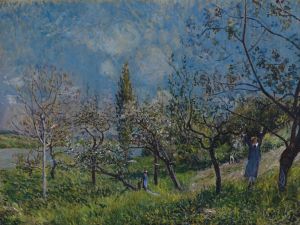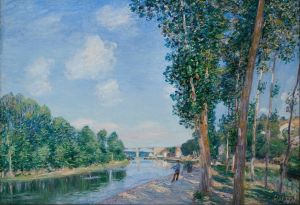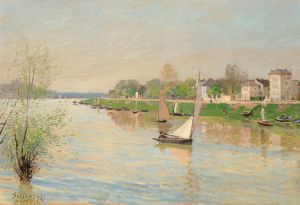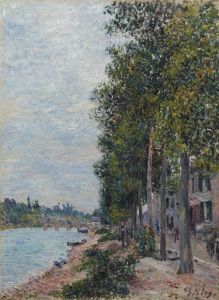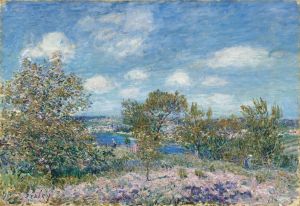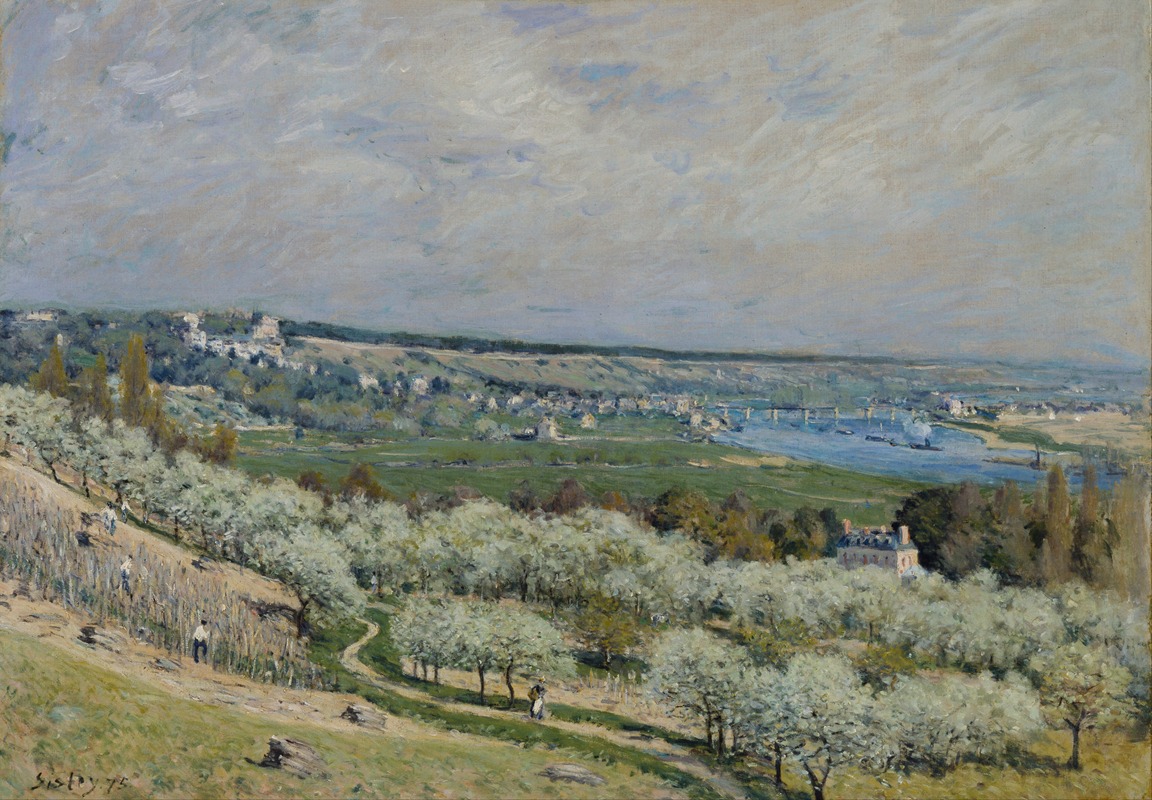
The Terrace at Saint-Germain, Spring
A hand-painted replica of Alfred Sisley’s masterpiece The Terrace at Saint-Germain, Spring, meticulously crafted by professional artists to capture the true essence of the original. Each piece is created with museum-quality canvas and rare mineral pigments, carefully painted by experienced artists with delicate brushstrokes and rich, layered colors to perfectly recreate the texture of the original artwork. Unlike machine-printed reproductions, this hand-painted version brings the painting to life, infused with the artist’s emotions and skill in every stroke. Whether for personal collection or home decoration, it instantly elevates the artistic atmosphere of any space.
"The Terrace at Saint-Germain, Spring" is an oil painting created by the French Impressionist artist Alfred Sisley in 1875. Sisley, born in Paris to British parents in 1839, is renowned for his landscape paintings and is considered one of the most consistent and dedicated practitioners of Impressionism.
This particular painting, "The Terrace at Saint-Germain, Spring," exemplifies Sisley's skill in capturing the transient effects of light and atmosphere, which are hallmarks of the Impressionist movement. The scene depicts a terrace in Saint-Germain-en-Laye, a commune in the western suburbs of Paris, known for its historical chateau and expansive views over the Seine River valley.
In the painting, Sisley portrays a serene spring day with a clear blue sky and lush greenery. The terrace is adorned with trees and flowering plants, and the distant landscape is bathed in soft, natural light. The composition is balanced, with the terrace and its balustrade in the foreground leading the viewer's eye towards the expansive view of the valley and the river beyond. The use of light and shadow, as well as the delicate brushstrokes, create a sense of depth and tranquility.
Sisley's choice of location is significant, as Saint-Germain-en-Laye was a popular retreat for Parisians seeking respite from the bustling city. The terrace itself was part of the Château de Saint-Germain-en-Laye, a royal palace that had been a residence for French kings and was later converted into a museum. The panoramic views from the terrace were a source of inspiration for many artists of the time.
"The Terrace at Saint-Germain, Spring" reflects Sisley's dedication to painting en plein air, a technique where artists paint outdoors to capture the natural light and atmosphere of a scene. This approach was central to the Impressionist movement, which sought to depict the fleeting moments of everyday life with spontaneity and vibrancy.
Sisley's work is characterized by its harmonious color palette and fluid brushwork. In this painting, he uses a range of greens and blues to convey the freshness of spring, while the dappled sunlight adds a sense of warmth and vitality. The attention to detail in the foliage and the careful rendering of the distant landscape demonstrate Sisley's keen observational skills and his ability to translate the beauty of nature onto canvas.
"The Terrace at Saint-Germain, Spring" is housed in the Musée d'Orsay in Paris, which is home to an extensive collection of Impressionist and Post-Impressionist masterpieces. The painting is celebrated for its serene beauty and its representation of Sisley's mastery of the Impressionist style.
Alfred Sisley continued to paint landscapes throughout his career, remaining true to the principles of Impressionism until his death in 1899. His works, including "The Terrace at Saint-Germain, Spring," continue to be admired for their lyrical quality and their ability to capture the essence of the natural world.





